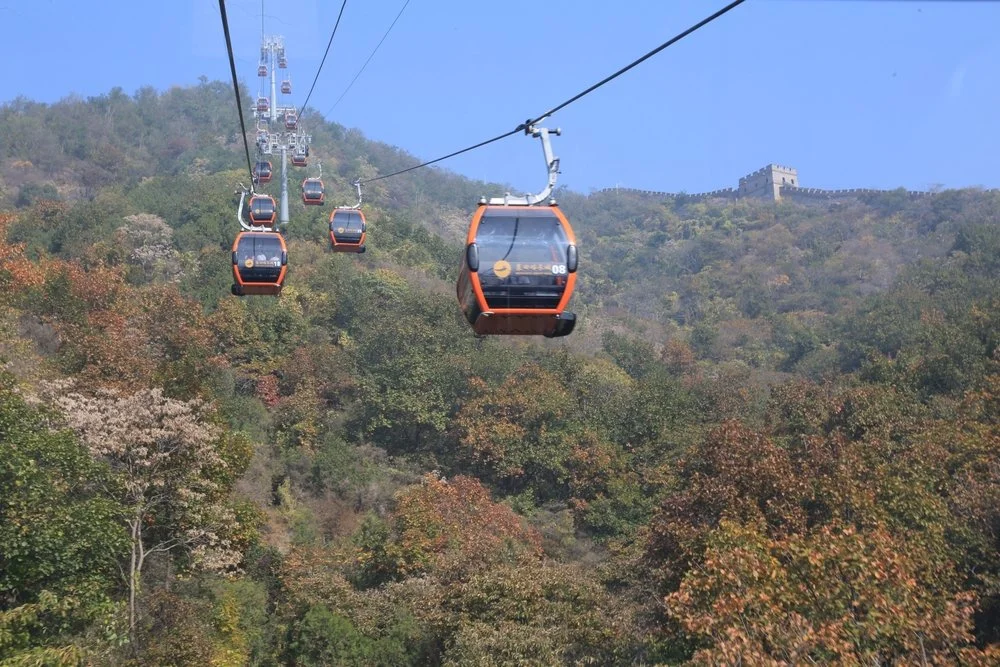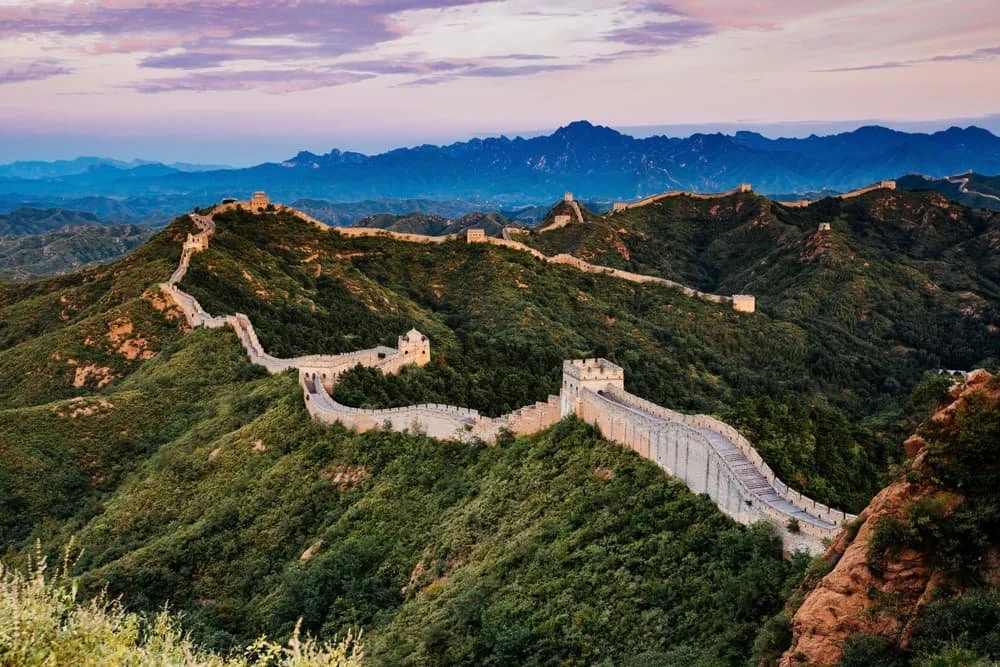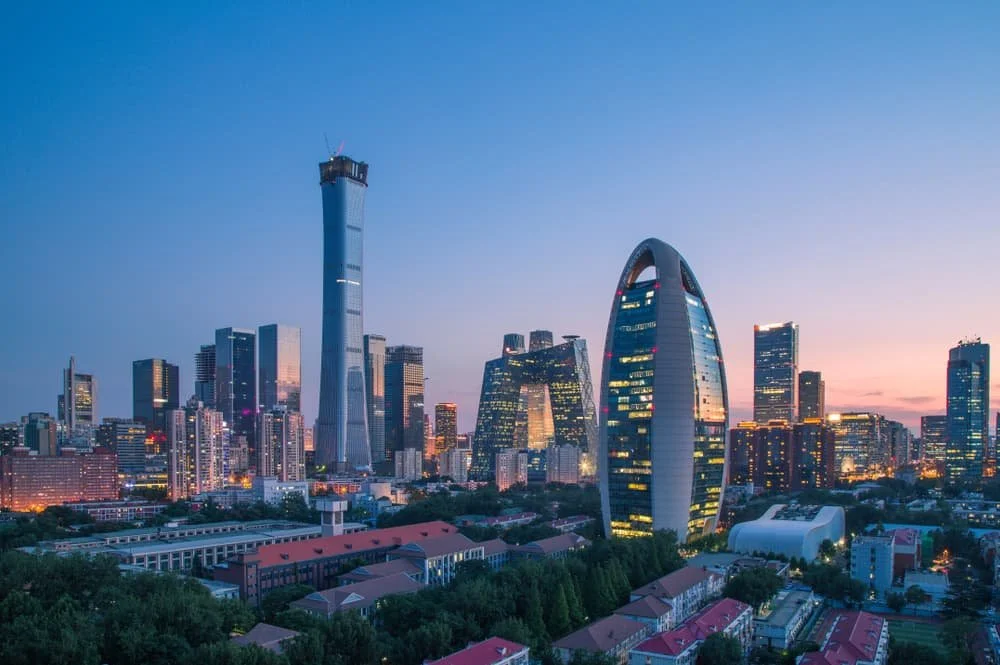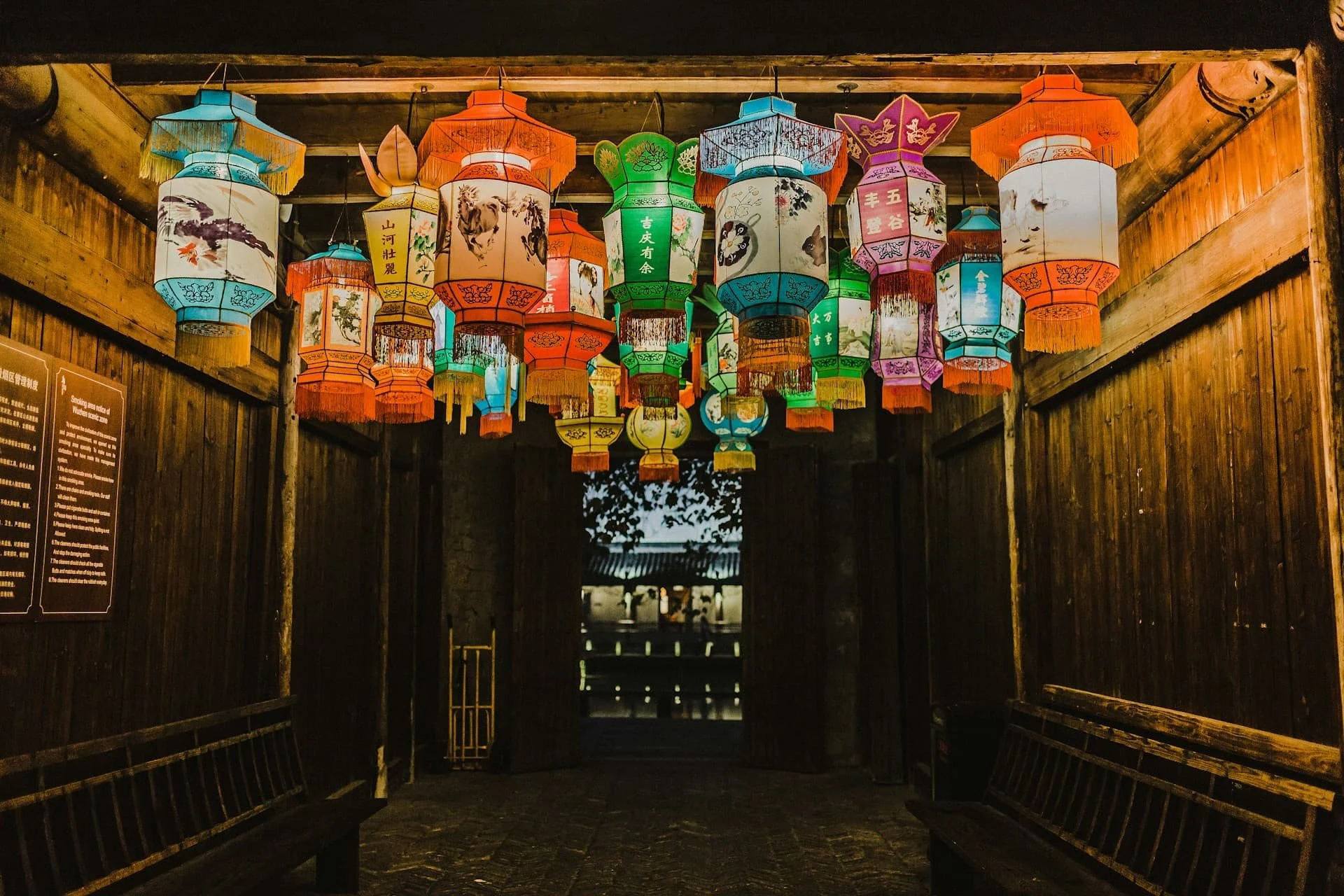How to Visit the Great Wall Of China Sustainably
Visit the Great Wall without leaving a scar on it
Hanson Lu / Unsplash
The Great Wall is not one place but a stitched-together spine of stone and tamped earth that runs for thousands of kilometers across northern China. Treat it like a living museum and you’ll get better views, smaller crowds and a cleaner conscience. This is a UNESCO World Heritage site and a national symbol, so go light on impact and heavy on respect. Start with the big picture at UNESCO’s entry for The Great Wall and then plan like a local.
Choose Your Section With Care
Most first-timers bounce between Badaling and Mutianyu. Both are restored, well managed and easy to reach. Badaling is the most accessible and the busiest, popular with domestic tour groups and families. Mutianyu usually draws international visitors for its pine-ridged scenery and calmer vibe. If you prefer long, leg-stretcher walks, push a little farther. Jinshanling delivers big-screen panoramas with a mix of restored and rough-edged crenellations, while Gubeikou has military-zone detours that you must respect. If a night ascent appeals, the only legal and lit after-dark access near Beijing is Simatai via Gubei Water Town with timed entries and capped numbers.
For something different, the lakes and reeds around Huanghuacheng Lakeside Great Wall add water views to your ridge walk. If you want background before choosing, Lonely Planet’s primer on the Wall’s history and visiting tips gives a useful framework, and National Geographic’s explainer places the scale in context — both are good orientation reads before you decide where to tread.
Go By Train or Bus and Shrink Your Footprint
Jiaye Liu / Shutterstock
If you want the lightest transport impact out of Beijing, use rail and public buses. High-speed services from Beijing North or Qinghe reach the Badaling area quickly, and the logistics are refreshingly simple. An independent guide like Seat61’s Great Wall by train page explains how the trains work, while China Highlights’ snapshot of Badaling Great Wall Station is great for checking current names and platforms. From the station it’s an easy link to the entrance and ropeway. Badaling also runs internal shuttles from car parks to the gate which cuts down on idling engines right at the foot of the wall. The official site’s visitor pages confirm opening hours and transport, so check Badaling’s website the night before you go.
For Mutianyu there’s a well-worn, low-carbon route: express bus 916 from Dongzhimen to Huairou and a short local hop to the scenic area, then the mandatory internal shuttle that keeps private cars out of the core zone. Routes and hours change with seasons, so skim the latest on Mutianyu’s official page before you set off. If your knees prefer cableways, use them for the steepest segments and walk one way to spread the footfall.
Timeit Right and Spread Out the Pressure
Spring and autumn bring clearer air, greener hills and friendlier temperatures. Weekends, national holidays and Golden Week are when turnstiles sing. If you can manage a weekday morning start or late-afternoon finish, you’ll move more freely and create fewer pinch points on the steps. For Simatai’s evening session, capacity is capped and slots are timed, which is exactly what you want for both preservation and crowd sanity — book through Gubei Water Town and stick to your window.
Pick On-Site Services That Protect the Wall
Nicole Rerk / Shutterstock
Mutianyu runs a tidy operation with a commercial approach that still threads in sensible conservation. There’s a cable car and chairlift, plus an internal shuttle that replaces streams of private vehicles on the final climb. The site has promoted waste-reduction campaigns and you’ll see collection points on busy days. Bring a refillable bottle and skip single-use snacks in crinkly, wind-loving wrappers. For practicalities on tickets and hours, go straight to Mutianyu’s portal.
Badaling has quietly become one of the easiest low-impact choices because of its rail link and those internal shuttles. If you’re traveling with a stroller or wheels, the wide paths and accessible stretches help too. Confirm the latest shuttle and ropeway details on Badaling’s site and adjust your route to avoid bottlenecks.
Don’t Hike Closed or Unsafe Sections
The Wall’s rougher reputation makes some travelers romantic. Resist the urge to duck a fence for an edgy selfie. Beijing’s cultural-relics authorities fine people for climbing closed or undeveloped sections and the regulations are clear that organizing activities on non-tourist segments is illegal.
Restoration projects are active at places like Jiankou and some slopes really do pitch to heart-thumping angles. If you want the rules from the source, read the State Council’s “Regulations on the Protection of the Great Wall” via UNESCO’s document archive before you lace up. Nothing ruins a trip like a fine — or a rescue.
Spend Your Money Where it Helps
Max van den Oetelaar / Unsplash
When you stay near a section rather than hammering a return trip from downtown, more of your spending reaches local communities and fewer vehicles grind up and down the expressways. At Mutianyu, The Brickyard Retreat repurposes an old glazed-tile factory and anchors jobs in nearby villages; it’s often praised for sensitive reuse and Great Wall views. If that sounds like your kind of base, compare prices on Booking and then book direct if the numbers match.
If you’d rather split days between wall-time and Beijing, choose a city hotel near a rail hub so you can keep using the train instead of a car. Filter by proximity to Beijing North or Qinghe on Expedia’s Beijing stays and you’ll shave both minutes and emissions from the day.
Eat and Shop With a Conscience
The plazas at major gates are built for snacks and souvenirs. Indulge without contributing to plastic mountains. Bring your own bottle and refill where you can. Skip helium balloons and single-use trinkets that end up in gullies. Around Mutianyu, village restaurants keep money local and the food is better than anything wrapped in cellophane.
Gubei Water Town beneath Simatai is unabashedly designed for visitors, but concentrating services in the town helps protect the fortress itself. For night entries and combo tickets, the official Gubei Water Town ticket page has the current rules.
Hire Smarter Not Bigger
A certified local guide earns their keep by knowing which towers are under repair this month, which detours are open and where to stand when the light turns gold. Small-group hikes at Jinshanling or a licensed guide around Huanghuacheng keep your party on legal routes and off fragile brickwork. Ask about group-size caps, transit mode and whether your operator avoids disposable lunch packaging. If you’re set on a guided Simatai visit, pick an operator that respects the evening cap or buy direct.
Know the Basics and the Boundaries
Carry your passport because some sites check ID at ticketing. Keep off battlements, don’t climb through windows and do not pry out bricks. The Wall has suffered from theft, casual vandalism and weathering for centuries, and by some estimates a third has disappeared entirely. National Geographic’s overview of the Wall’s World Heritage status explains the stakes in plain language and is a good pre-read. If drones tempt you, assume “no” unless you have explicit permission in writing.
Sample Low-Impact Day Plans
If you’re easing in, take the morning high-speed train to Badaling, ride the ground cable car up, walk an hour toward the highest watchtowers and return via a different path to spread footfall. Have lunch near the station and take the train back. This keeps your transport emissions and on-site queues low by avoiding both cars and peak hours. For schedules and alternatives, check Seat61’s rail guide the day before.
If you want one big hike, go east to Jinshanling. Use shared transport rather than a private van, take the cable car up only if knees demand it, then walk the ridge toward the quieter towers and loop back without straying into any closed military zone. Operators that cap group size, pack out waste and keep to legal towers are the ones to reward with your booking.
For an overnight, base yourself at Mutianyu. Spend your arrival evening strolling the village lanes, sleep at The Brickyard or another small property, and be on the first shuttle up the next morning. Take the cable car one way and walk the other to vary your route and minimize queue time. If the Simatai night climb tempts you the following evening, transfer by shared coach and book the timed slot through Gubei Water Town.
What Not to Do
Javen / Shutterstock
Don’t carve names, don’t stick gum, don’t cross chains or fences. Don’t scramble on unrepaired parapets for a photo. The preservation rules are not suggestions and enforcement teams do patrol for “wild Wall” scrambles.
Read the State Council regulations via UNESCO’s archive, follow on-site instructions and leave only footprints. If you want a statement piece photo, the sunrise towers at Mutianyu are quiet on weekdays and the light is kind. Your followers will never know you took the cable car.
Quick Checks Before You Go
Check the official site of the section you plan to visit for opening hours, weather advisories and maintenance closures. For Mutianyu that’s the official portal. For Badaling it’s the official website. Have backup options in case high winds pause cable cars. If you’re nervous about train tickets, Seat61’s walkthrough demystifies everything from station names to signage.
Bottom Line
Sustainable Great Wall trips are built from a few simple moves. Pick legal, managed sections. Travel by rail or bus when you can. Avoid peak times. Spend locally. Pack out what you pack in. Follow the rules and the wall will look and feel better for the next traveler.
















